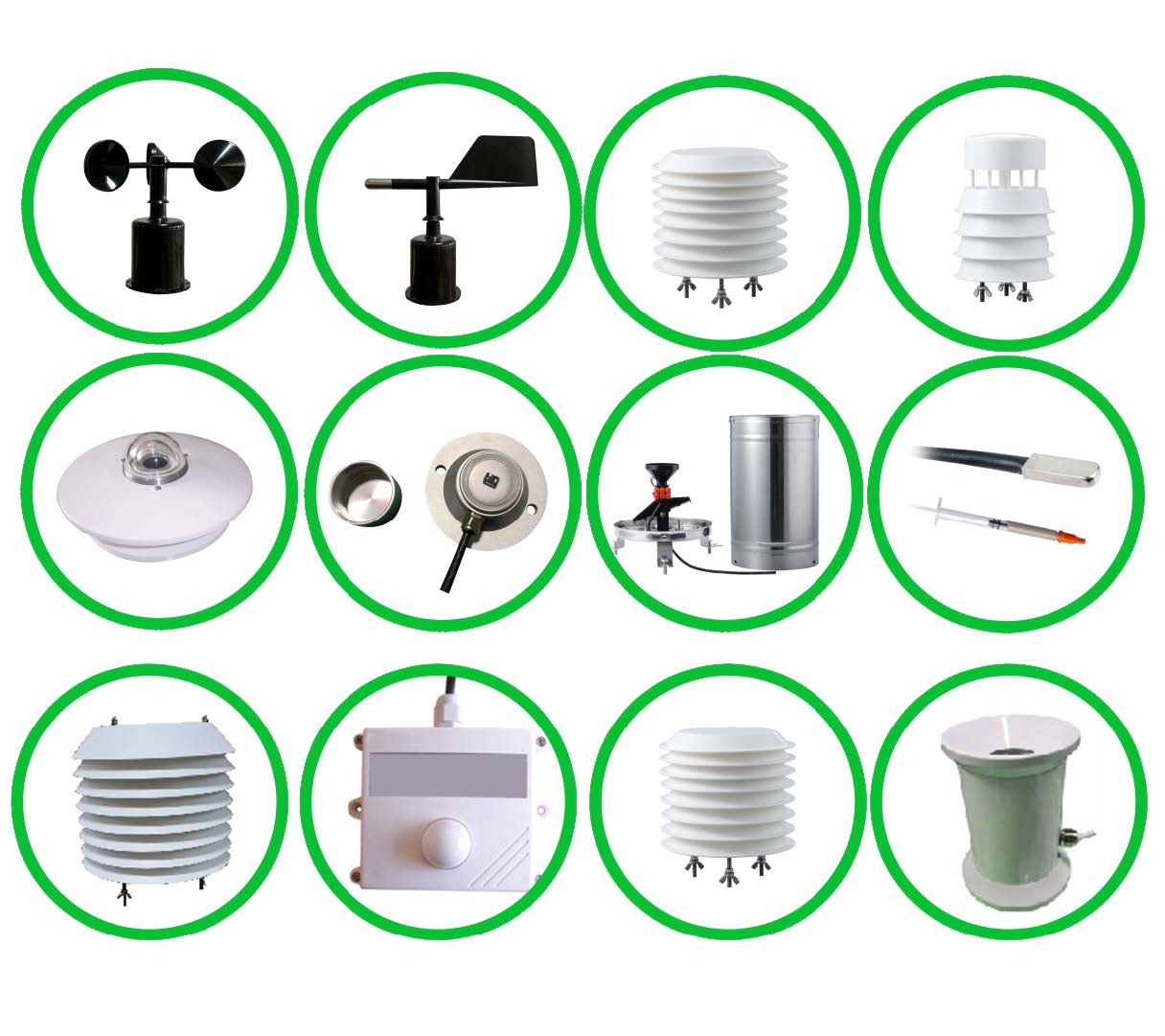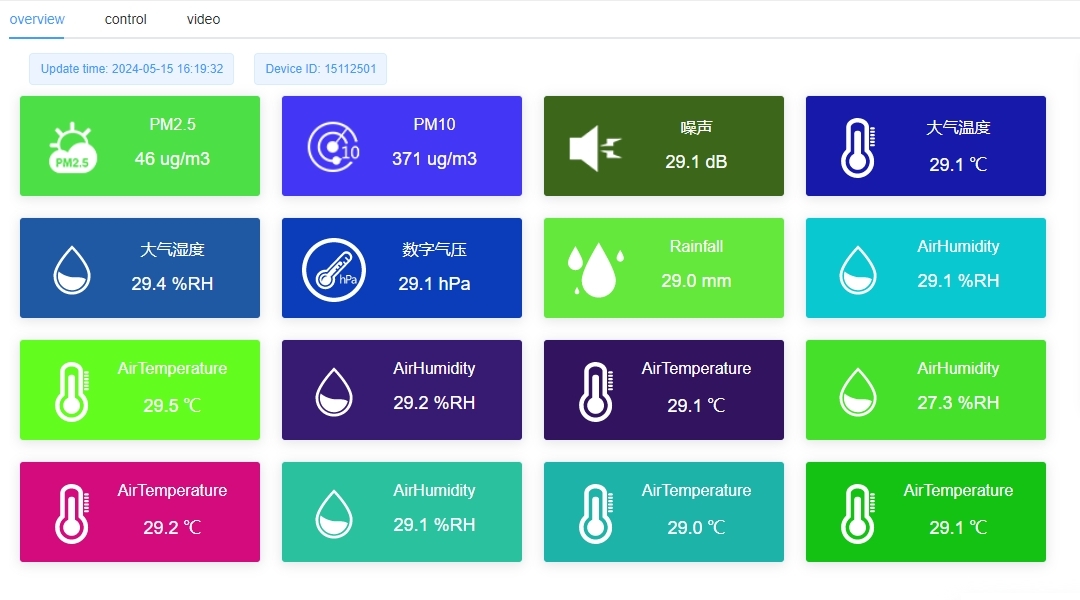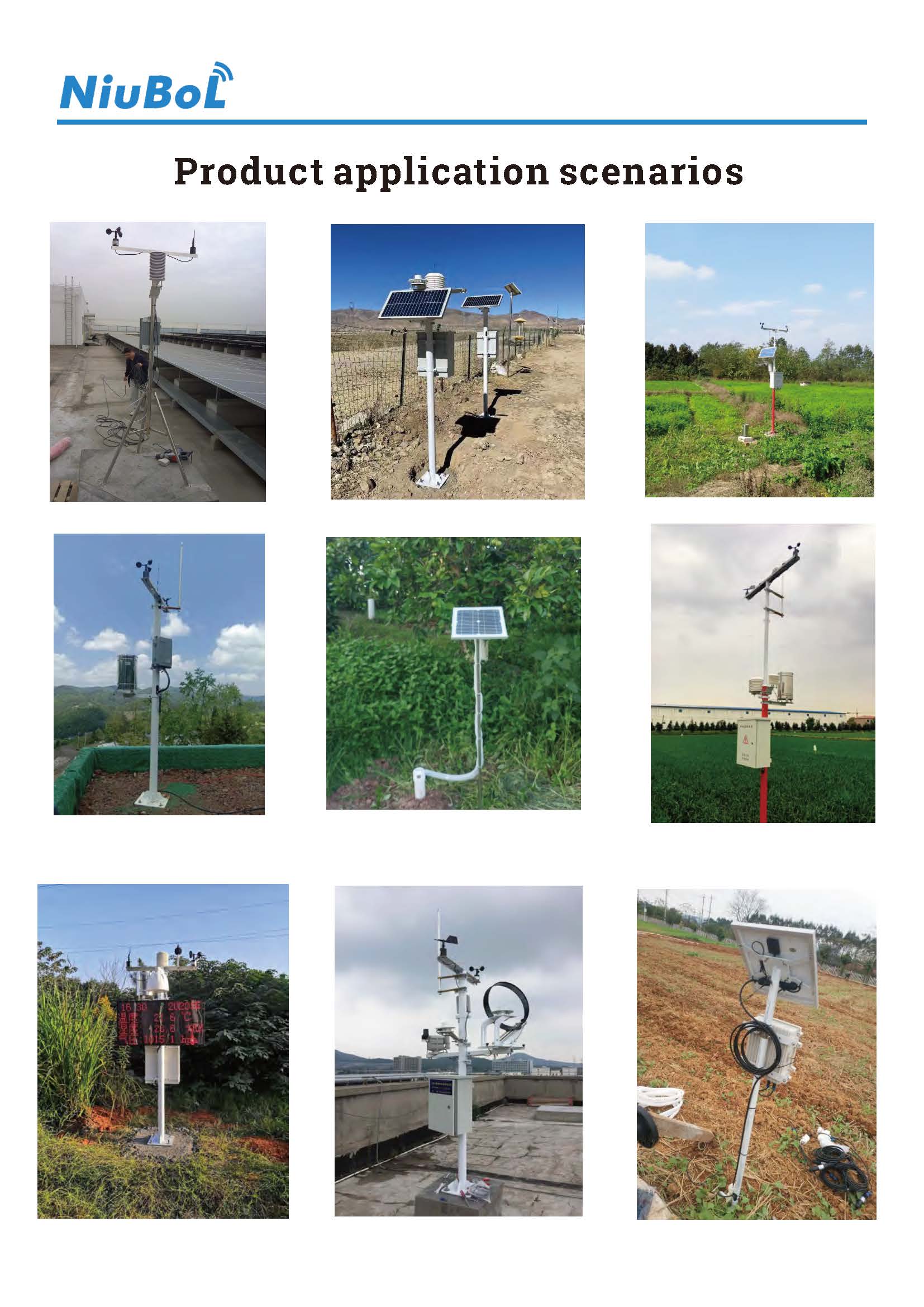

— Blogs —
—Products—
 Consumer hotline +8618073152920
Consumer hotline +8618073152920 WhatsApp:+8615367865107
Address:Room 102, District D, Houhu Industrial Park, Yuelu District, Changsha City, Hunan Province, China
Product knowledge
Time:2024-08-27 10:55:58 Popularity:2341
An automatic weather station is a device that can automatically observe and store meteorological observation data, mainly composed of sensors, collectors, communication interfaces, system power supply, etc. It is a highly integrated device for automatically collecting, recording and transmitting data on atmospheric conditions. It is capable of monitoring and recording a wide range of meteorological elements in real time without direct human intervention. It provides important data support for weather forecasting, climate research, environmental monitoring, agriculture, water conservancy, transportation, aviation, ocean and other fields.
The working principle of automatic weather station covers many aspects such as automation function, sensor technology, data processing, etc. These aspects work closely together to realize real-time monitoring and data transmission of meteorological elements, providing users with timely and accurate weather information. The following is a detailed explanation of these aspects:
The automatic weather station converts the changes of the corresponding meteorological elements into the corresponding changes of the electrical signals through the sensors, and such changes are captured by the data collector controlled by the microcontroller, and linearized and calibrated to realize the conversion of the engineering quantities to the elemental quantities. At the same time, quality control of the data is carried out to ensure the accuracy and reliability of the data. After pre-processing, the real-time value of each meteorological element is derived and transmitted to the central station or user terminal through the communication module for users to obtain and analyze.
1. Automatic observation: automatic weather station can automatically carry out the measurement and observation of meteorological elements without manual intervention. This greatly reduces the workload of the observers and improves the observation efficiency.
2. Data Recording and Storage: The automatic weather station is equipped with data recording and storage functions, which can continuously record observation data and store them in the internal memory or external devices. Users can query historical data at any time for comparison and analysis.
3. Data transmission and real-time monitoring: automatic weather stations can usually transmit observation data through wired or wireless means to realize real-time monitoring and remote access. This enables users to obtain the latest weather information anytime and anywhere, and keep abreast of the weather changes.

Automatic weather stations use a variety of sensors to measure different meteorological elements, such as temperature, humidity, barometric pressure, wind speed, wind direction, precipitation and so on. These sensors are usually characterized by high precision, high stability and high reliability, and can accurately reflect the changes in meteorological elements.
Temperature sensors: commonly used platinum resistance temperature sensors, through the measurement of changes in resistance to reflect changes in temperature.
Humidity sensors: such as moisture-sensitive capacitance humidity sensor, by measuring changes in capacitance value to reflect changes in humidity.
Barometric pressure sensor: such as vibration cylinder type barometric pressure sensor or membrane box type capacitance barometric pressure sensor, through the measurement of barometric pressure changes to reflect the changes in atmospheric pressure.
Wind speed and wind direction sensors: wind speed sensors (such as wind cup wind speed sensor) by measuring the rotational speed to reflect the wind speed; wind direction sensors (such as single-wing wind direction sensor) by measuring the direction of rotation to reflect the wind direction.
Rain sensor: such as bucket rain sensor, by measuring the number of times the bucket is turned over to reflect the changes in precipitation.
Light and radiation sensors: measure the intensity of solar radiation, which is crucial for agricultural and climate research.
Visibility sensor: Used to measure visibility in the atmosphere, i.e. the clarity with which objects can be observed. It assesses visibility by detecting the scattering or attenuation of light and is commonly used in weather monitoring, traffic management and aviation. These sensors provide real-time data to aid in environmental analysis and decision-making.

1. Data sampling and processing: the data collector samples and processes the electrical signals output from the sensors and converts them into recognizable meteorological element values. At the same time, the data quality control, eliminating abnormal values and error data.
2. Data storage: The processed weather element data are stored in the internal memory of the collector, and can be backed up and exported according to a certain format and cycle.
3. Data transmission: the weather element data are transmitted to the central station or user terminal through the communication module. The transmission method can be wired (e.g. optical fiber, cable, etc.) or wireless (e.g. GPRS/3G/4G, Lorawan, satellite communication, etc.).
4. Data analysis and application: The software at the central station further analyzes these data to generate weather reports, charts and forecasts for use by meteorologists, agricultural experts, aviation, shipping and other industry users.

1. Real-time data display: Users can view the data and charts of meteorological elements in real time through the computer screen or cell phone APP and other terminals to understand the current weather conditions.
2. Historical data query: Users can query historical data, compare and analyze them to understand weather trends and patterns.
3. Weather forecast and warning: Based on the data provided by automatic weather stations, meteorological organizations can produce weather forecast and warning information and release it to users through various channels to help them take precautionary and coping measures.
4. Long-term trend analysis: the data collected over a long period of time helps to analyze the trend of climate change, which is of great value to scientific research, agricultural planning, urban planning and so on.

The working principle of automatic weather station is a highly integrated system, which utilizes advanced sensor technology, data acquisition and processing capability, and communication technology to realize continuous and automatic monitoring of atmospheric conditions.
Related recommendations
Sensors & Weather Stations Catalog
Agriculture Sensors and Weather Stations Catalog-NiuBoL.pdf
Weather Stations Catalog-NiuBoL.pdf
Related products
 Combined air temperature and relative humidity sensor
Combined air temperature and relative humidity sensor Soil Moisture Temperature sensor for irrigation
Soil Moisture Temperature sensor for irrigation Soil pH sensor RS485 soil Testing instrument soil ph meter for agriculture
Soil pH sensor RS485 soil Testing instrument soil ph meter for agriculture Wind Speed sensor Output Modbus/RS485/Analog/0-5V/4-20mA
Wind Speed sensor Output Modbus/RS485/Analog/0-5V/4-20mA Tipping bucket rain gauge for weather monitoring auto rainfall sensor RS485/Outdoor/stainless steel
Tipping bucket rain gauge for weather monitoring auto rainfall sensor RS485/Outdoor/stainless steel Pyranometer Solar Radiation Sensor 4-20mA/RS485
Pyranometer Solar Radiation Sensor 4-20mA/RS485
Screenshot, WhatsApp to identify the QR code
WhatsApp number:+8615367865107
(Click on WhatsApp to copy and add friends)
